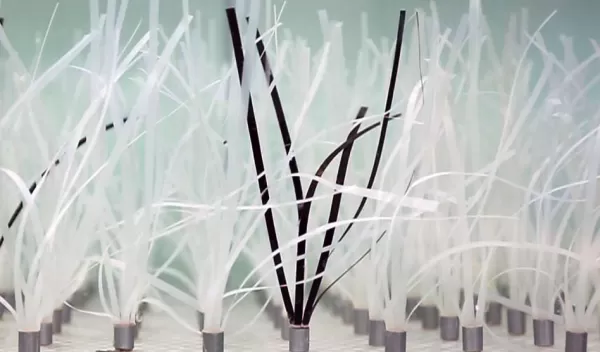
Study demonstrates strong potential of seagrass to curb erosion
Most people's experience with seagrass, if any, amounts to little more than a tickle on their ankles while wading in shallow coastal waters. But it turns out that these ubiquitous plants, varieties of which exist around the world, could play a key role in protecting vulnerable shores as they face onslaughts from rising sea levels.
New research quantifies for the first time, through experiments and mathematical modelling, just how large and how dense a continuous meadow of seagrass must be to provide adequate damping of waves in a given geographic, climatic, and oceanographic setting.
In a pair of papers appearing in the May issues of two research journals, Coastal Engineering and the Journal of Fluids and Structures, Massachusetts Institute of Technology professor of civil and environmental engineering Heidi Nepf and doctoral student Jiarui Lei describe their findings and the significant environmental benefits seagrass offers. These include not only preventing beach erosion and protecting seawalls and other structures, but also improving water quality and sequestering carbon to help limit future climate change.
The research was funded through an NSF award to explore the role of aquatic vegetation in protecting shorelines from storms and erosion.
